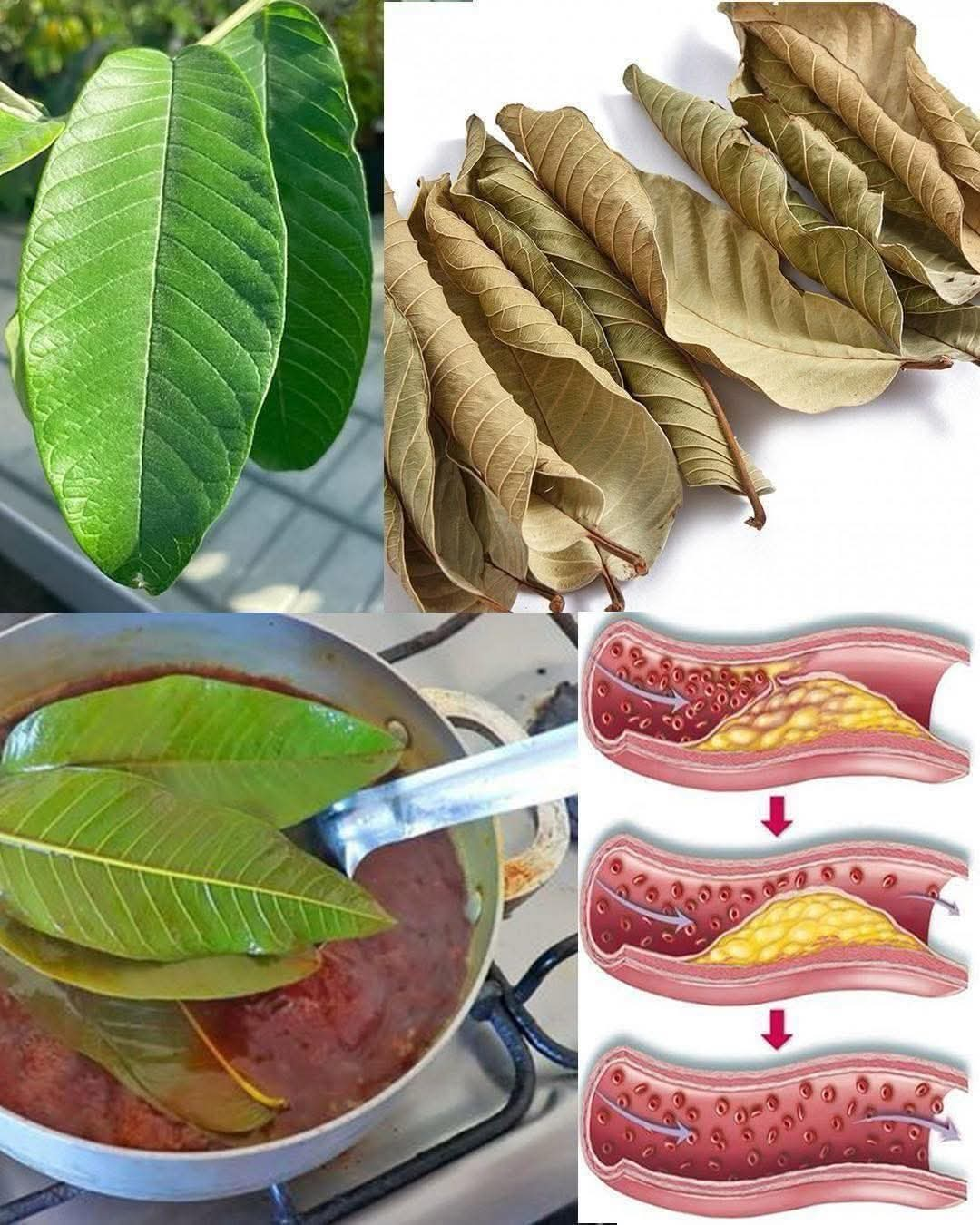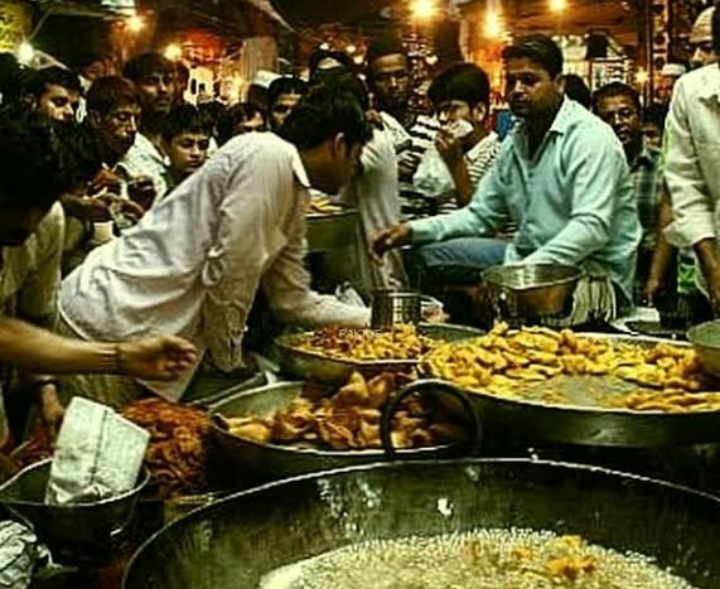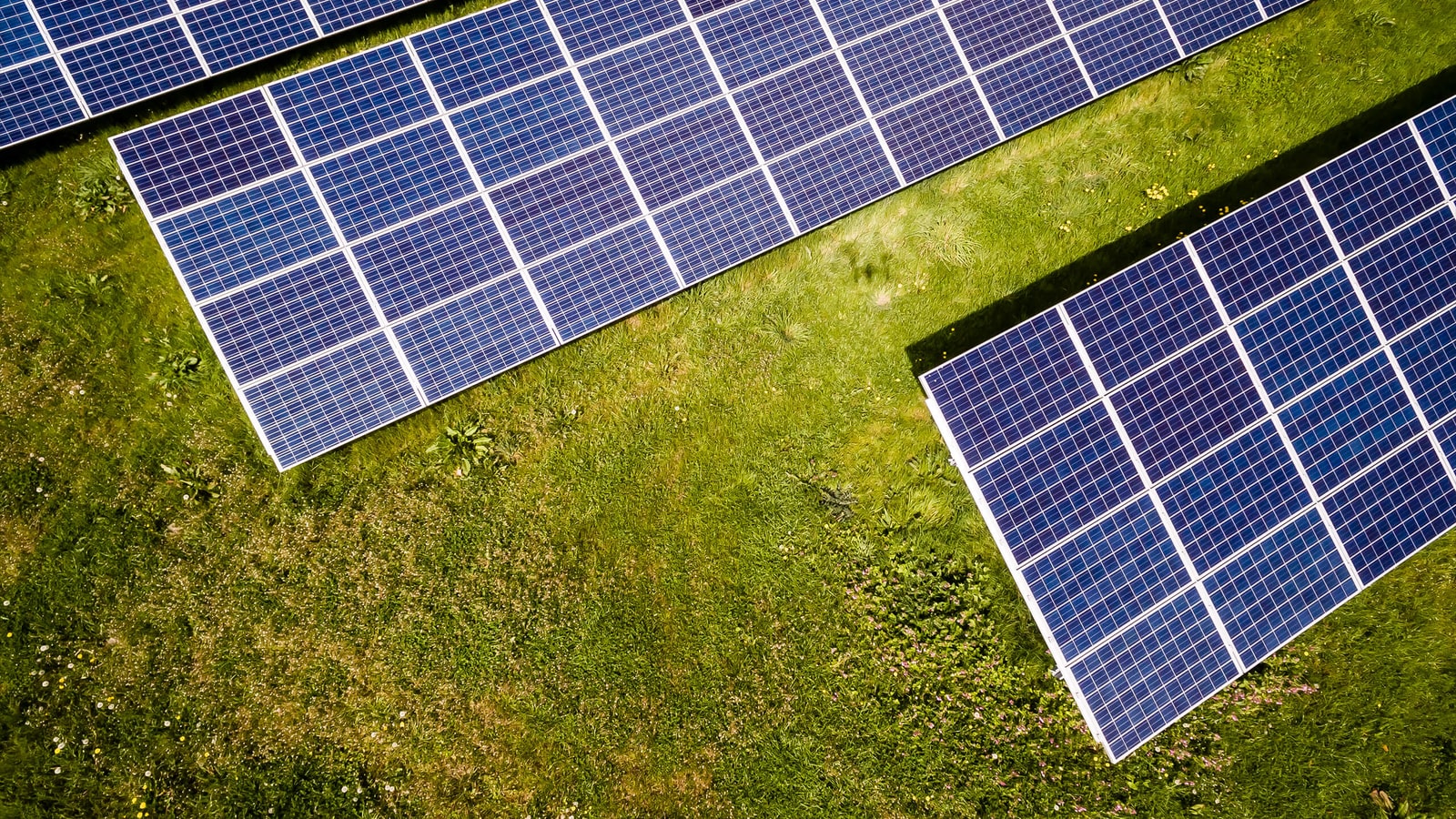The Story of Guava Leaves and the Billion-Dollar Business.
There was a time when guava orchard owners in Pakistan earned only from selling the fruit.
When prices dropped, heaps of guavas would rot under the trees, and farmers would wonder if there could ever be another use for them.
But nature’s most valuable treasure was right in front of them — guava leaves.
🍃 Nature’s Forgotten Treasure
Science has revealed what village herbalists have known for centuries:
Guava leaves help control diabetes.
Studies from Japan, India, and the Philippines show that guava leaf tea helps reduce blood sugar levels after meals.
These leaves contain natural compounds that slow down the absorption of sugar in the body.
Japan has even officially approved Bansoureicha a guava leaf tea, as an FOSHU (Food for Specified Health Use) product meaning it’s a government-recognized tea for blood sugar control.
Now, consider this:
🌎 Today, 537 million people around the world suffer from diabetes.
💰 The global herbal and health tea market is worth over $20 billion, growing by 7–8% each year.
In other words, the same leaves that farmers burn or throw away are actually a crop worth billions.
🚜 A Golden Opportunity for Farmers
A mature guava tree produces 8–12 kg of leaves annually.
A farmer with 500 trees can collect about 5,000 kg of leaves, yielding roughly 1,000 kg of dried tea — enough for 50,000 tea bags.
If each pack sells abroad for just $2, a farmer could earn up to $100,000 a year
from something that once went straight into the trash.
🏭 How to Build This Business
- Harvesting and Drying Leaves
- Select clean, young, pesticide-free leaves.
- Wash them and dry them in the shade for 4–5 days, or dehydrate at 45–50°C to preserve nutrients.
- Lightly crush or powder the dried leaves.
- Branding and Packaging
- Use eco-friendly boxes or biodegradable tea bags.
- Label clearly:
“Natural Sugar-Control Tea”
“Caffeine-Free, Chemical-Free”
“Clinically Tested Japanese Quality”
- Get Certifications
- Obtain Organic or Halal certification.
- Conduct lab safety and chemical tests.
- Add a QR code on the pack linking to research — it builds consumer trust.
- Where to Sell
- Pharmacies and herbal shops as “Diabetic-Friendly Tea”
- Online: Daraz, Amazon, Etsy
- Cafés, hotels, spas as “Wellness Tea”
- Export to Middle East, Europe, USA
- Supply to hospitals and corporate wellness programs
- Marketing Strategy
- Post “Farm to Cup” videos on Facebook and Instagram.
- Share documentary-style stories on YouTube.
- Partner with Rehan School or Trillion Trees Project — “Every cup saves a tree.”
📈 Market Examples
- Japan’s Yakult company sells guava leaf tea for $6–10 per pack.
- Philippine farmers export dried leaves to Japan and Korea.
- In India, brands like TeaTribe and HerbalAura sell guava leaf tea as a natural sugar-control drink.
With Pakistan’s strong guava production especially in Sindh and Punjab this business is not only possible but globally competitive.
💡 Business Models.
Meta Description Suitable For
Farm-to-Brand Farmers create and sell their own tea brand. Orchard owners
B2B Supplier Sell dried leaves to major tea companies. Small & medium farmers
Herbal Franchise Kiosk Sell under names like “Rehan Tea” or “Healthy Pakistan.” Urban youth entrepreneurs
Online Subscription Deliver monthly tea packs to customers. E-commerce startups
🌍 Triple Benefit
- Economic: Farmers earn year-round, not just during fruit season.
- Environmental: Trees aren’t wasted; carbon footprint reduced.
- Health: A natural solution for diabetic patients.
If 1,000 Pakistani farmers earn $10,000 each per year, that’s a $10 million industry — from leaves alone!
💬 A New Ending
When Hakeem Kareem saw Rashid’s diabetes improving, he smiled and said.
These leaves heal not only the body they heal the economy too.




